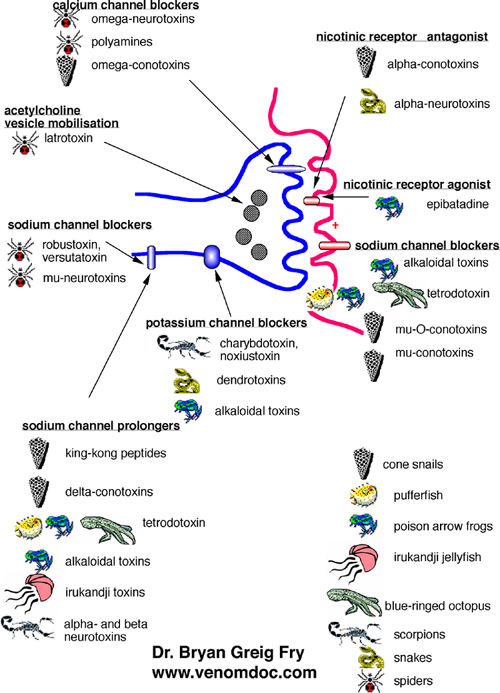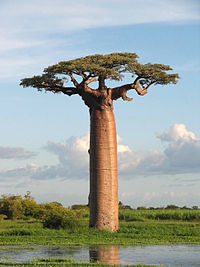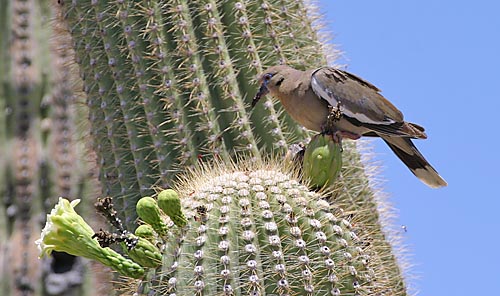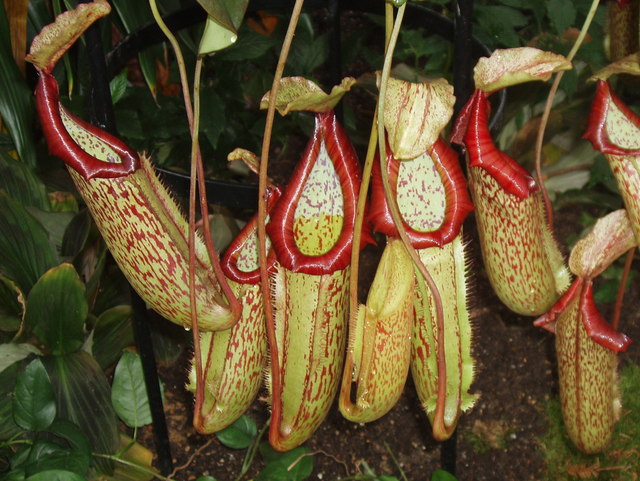MOSQUITO
 source source
|
TOXINS
 source source
|
Scientists wanted to determine whether mosquitoes have been bioengineered to produce toxins that affect normal functioning of the nervous system. They start by collecting mosquitoes from several locations in the U.S. and identify all the toxins found in them. After identifying all the toxins in American mosquitoes, the researchers consult the scientific literature and choose four suspicious toxins for further study, and determination of their effects on the nervous system. They expose rats to similar concentrations of the four toxins found in mosquitoes and measure the neuronal response.
Their data are summarized in the table below:
|
Toxin name | Neuronal effect |
| Maculotoxin | Blocks sodium channels |
| Latrotoxin | Increases acetylcholine release |
| Crotoxin | Reduces acetylcholine release |
| Phrixotoxin | Blocks potassium channels |
A lab technician accidentally cuts his hand during the experiment, and is exposed to two toxins simultaneously. He reads the labels of the toxins, and sighs in relief.
|
Madagascar is an island of the east cost of Africa. Among its plants, Madagascar is famous for its Baobab trees in the genus Adansonia. Baobabs store water inside the swollen trunk (up to 120,000 litres) to endure the harsh drought conditions particular to each region of the world where each species lives. All species occur in seasonally dry areas, and are deciduous, shedding their leaves during the dry season. Eight species are known in the genus, six native to Madagascar, one to mainland Africa and one to Australia. Within the Adansoni there is a striking diversity in floral morphology. The continental African species is bat-pollinated, and has long flower stalks that only bats can reach; whereas the Madagascar and Australian species are pollinated by hawkmoths and have long cylindrical flower buds that are erect and therefore are only accessible by the long proboscis of hawkmoths.
MAP: source

TREE
 source source
A single African species of Adansonia is ancestral to the six species of Madagascar Baobabs. One hypothesis suggests that the ancestor of the six Madagascar species of Baobabs rafted over to Madagascar from Africa as seeds. Ecological studies on the six species of Madagascar Baobab trees indicate that they live in distinct habitats on the island, occupy distinct niches, and are isolated from other Baobab species on the island. Studies on the genetic diversity among these species indicate that all six species diverged from their common ancestor at approximately the same time. Each species of Baobab trees are pollinated only by a single species of hawkmoth, which specializes on eating a single species of Boabab tree. Many Baobab trees use their swollen trunks to store water during dry conditions.
|
RIDER, CACTUS, HORSE

source
A saguaro cactus, a rider and a horse are shown in the Sonoran Desert. The rider is wearing sunglasses, and proclaims that the green saguaro cactus appears reddish to him.
The summer's average daytime high temperature in this southwestern desert is 42° C; the average nighttime temperature is 19° C. A saguaro cactus has a very shallow root system and can store up to 160 liters of rainwater. Excess time in the desert sun presents a greater hazard (due to water loss) for the horse and rider than for the saguaro cactus plant. The ability of the saguaro cactus to retain so much water in the desert heat is significant because water has a very high specific heat (i.e., it can absorb a very high amount of heat before the actual temperature within the plant cells rises).
White-winged doves are prominent pollinators of the saguaro cactus. A new dataset finds that doves preferentially choose cacti that are bright green in color over those that have a paler green color.
DOVES

source 1 source 2
As you may recall, during our last evaluation episode, Star Fleet's Department of Astrobiology was studying some alien life forms (ALFs) discovered during their voyages to other planets. Along with the humanoid ALF's, the scientists also collected what appeared to be alien plant life forms (APLFs). The specimens thus far revealed that these too have a metabolism and biochemistry that follow the same principles as Earth's plants. You may also recall that the atmosphere/climate of the planets Yap and Yam were:

source
The pitcher plant is insectivorous. In 1906 it was introduced from Canada into Ireland at several locations, all quite similar in habitat, insect availability, climate, lack of herbivores, etc, yet each of these populations is genetically different from the others and much more genetically similar than those in Canada.
PITCHER PLANTS

source
| |







